Digital Success Powered by Search
At Activate San Francisco, we brought the brightest minds together in both digital commerce and digital workplace.
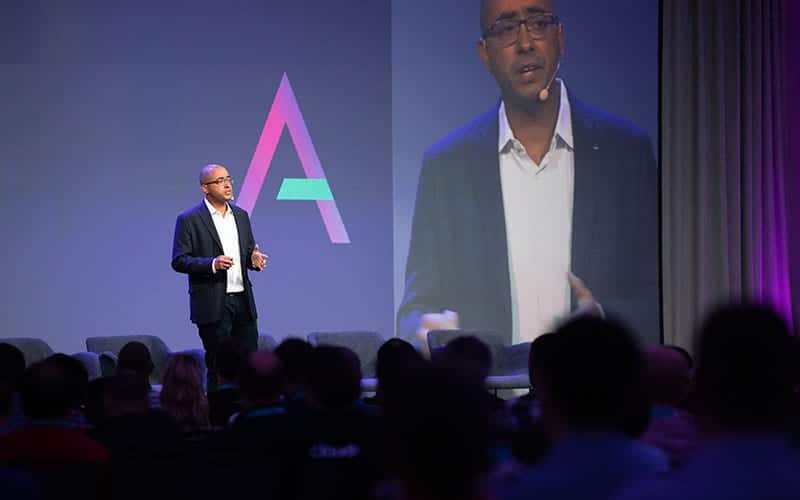
Our recent Activate in San Francisco brought together experts in data science, engineering, and business across digital commerce and digital workplace to compare notes, talk shop, and learn how to sharpen their search initiatives in their own organizations.
Will Hayes, Lucidworks CEO, set the scene for the day connecting search’s importance to the new demand for digital success, the next step beyond digital transformation.
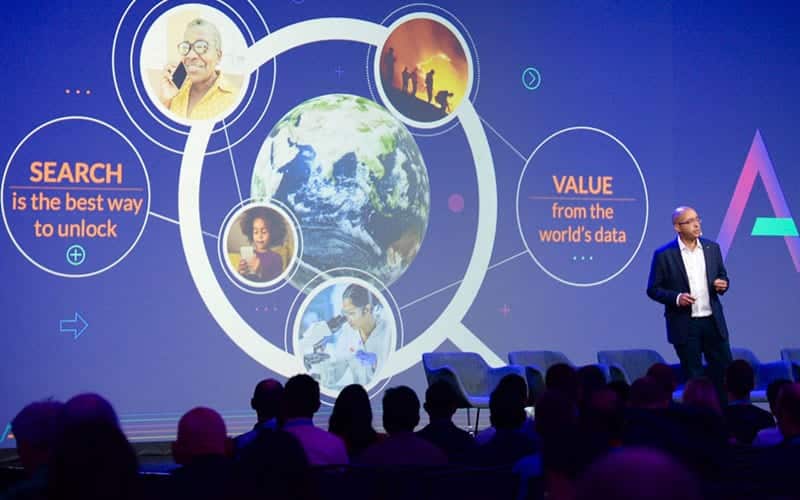
“The past 10-15 years we’re hearing about digital transformation – moving things into real-time or mobile. But we’re no longer building Amazon-like experiences for one set of users,” explained Hayes. “We’re all digital natives now and expectations are set incredibly high no matter what generation we’re serving.”
“Search has become a paradigm because it’s a natural way to find information.”
To move beyond digital transformation to digital success, we have to anticipate the user’s priority at any given moment.
For customers: Are they buying a replacement for something simple? Buying a gift for someone else? Making a return?
For employees: Are you looking for a domain expert? A piece of data? An insight?
The panels, talks, and demos at Activate SF mapped to the four stages of cognitive search maturity featured in Will’s talk. Read on to see what experts from Target, Salesforce, Veritas, Nordstrom Rack | Hautelook and more had to say.
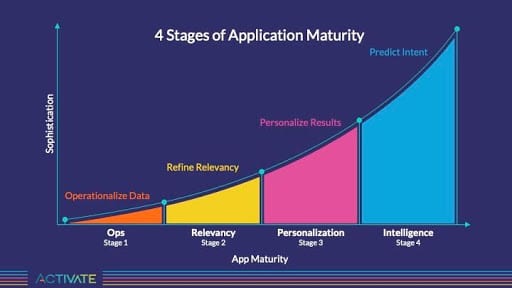
Stage One: Lay the Foundation and Operationalize Data
Diane Burley, VP of Content at Lucidworks, got a laugh from the crowd when she asked how envious they were of Salesforce and Target’s 100-people strong data science and search teams. Just like digital transformation, the processes, people, and technology are all critical components to building great search and digital experiences.
“Search has become a paradigm because it’s a natural way to find information.”
Jake Mannix, Search Architect at Salesforce explained that digital transformation and search are migrating towards problem solving. “You want to be able to ask a question and get answers back without sifting through 10 blue links and records and eventually locating what you need.” But taking data and turning into into solutions is challenging. That’s why Stage One is so critical.
Anupama Joshi, Director of Engineering from Target, explained that people see the success that other companies have, and want to get there as quickly as possible using AI — but data transformation is still tricky. To apply machine learning you have to really understand and organize your data. Joshi and Mannix estimated 95% of a team’s time is spent doing data cleanup, pipeline configuration and troubleshooting, and managing governance. The real fun or algorithm building usually comes much later in the process.
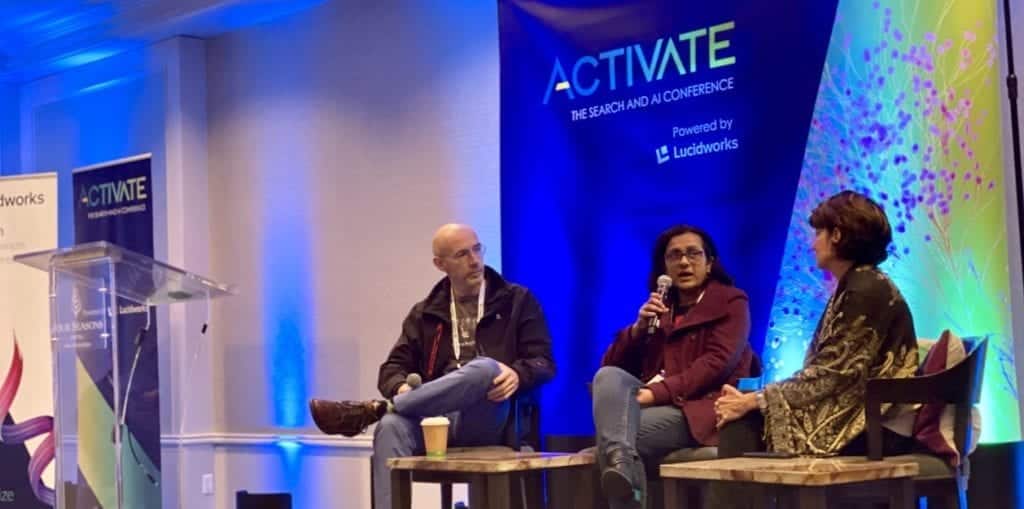
Beyond the Data, Are Processes
In addition to preparing data, there are major challenges within already existing processes and team collaboration. Gary Carlson, Principal and Founding Partner from search consultancy Factor, cited his customers’ biggest issue as organizational alignment around processes. He talked about an enterprise customer who referred to their information pathways as a “drunken bowl of spaghetti” which made it nearly impossible to create performance reports and measure the effectiveness of different campaigns.
“The most important thing is a feedback loop. Search isn’t complete unless you’re indexing signals,” says Mannix.
This sentiment was echoed by ecommerce companies struggling to coordinate merchandisers and developers. Pankaj Andhale, data scientist from Nordstrom Rack | Hautelook, explained one of their greatest challenges was a lack of synergy between search and merchandising, which would slow down solving even the simplest issues. For example, every synonym change required engineering to get involved and deploy code. After implementing Fusion, merchandisers could execute 30 fixes every two weeks, instead of in months to catch up.
Grab Signals From the Start
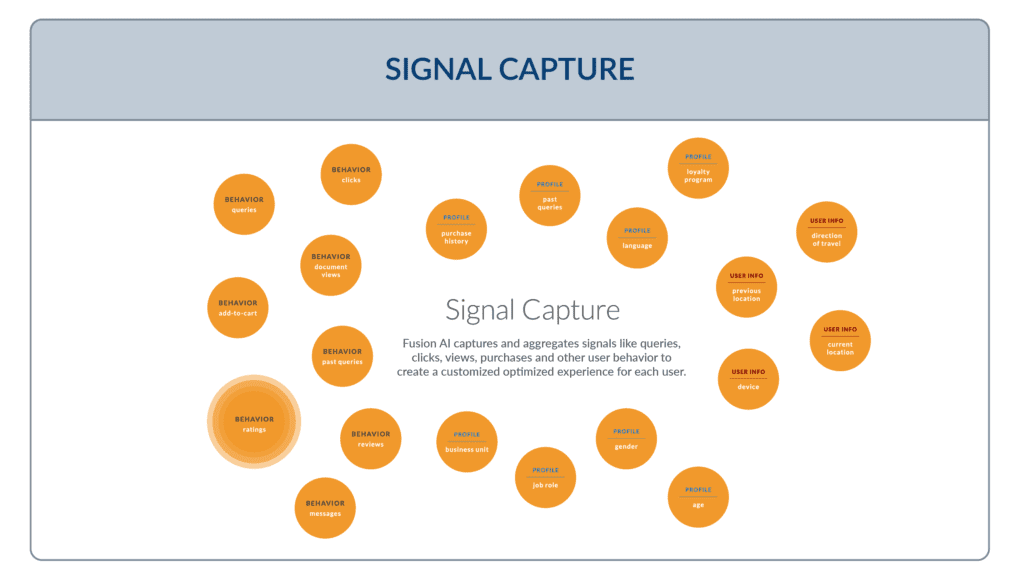
One of the biggest takeaways about the operations stage was championed by Mannix of Salesforce and Mark Moyou, Data Science Manager at Lucidworks: Even if you aren’t using signals yet capture everything you can now because you can’t go back and track historical customer behavior —
When a customer finally turns on signals, a very powerful algorithm that Mannix refers to as ‘the forgotten algorithm’ goes into overdrive: the simple obvious algorithm called ‘counting.’ You’re able to track all of the clicks, visits, views, subscribes, and shopping carts to take that first step to understanding your user.
“The most important thing is a feedback loop. Search isn’t complete unless you’re indexing signals,” says Mannix.
Stage Two: Listen To and Learn From Users for Improved Relevance
This feedback loop is critical to eventually being able to make improvements. Moyou (Lucidworks) explained that signals are important for enhanced relevancy for a few reasons:
- It allows under-performing queries to be easily identified and addressed
- For each query you can identify the items users are most interested in
- It allows similar items to be identified without having to alter the taxonomy.
Andhale shared an example from Nordstrom Rack | Hautelook during their markdown periods when traffic spikes. He explained, “We discovered after deep diving into query logs, that customers coming to the site looking for off-price fashion used phrases like ‘discounted shoes’ and ‘clearance dresses’ in their queries, which would result in the dreaded “no results” page because no product name had clearance or discount included. By understanding these signals, the team was able to add a stage so when those adjectives were in queries it directed customers immediately to the marked down merchandise.
Boost in Relevance = Increased Revenue
Foot Locker experienced a similar lift after boosting its relevancy. Revenue per visit experienced an increase anywhere from 1%-2% and the null search rate decreased 4% after implementing Fusion.
Joshi (Target) said shared another compelling use case about the importance of understanding user behavior to promote the most relevant results. At a previous role she was working to connect high school students with colleges based on user-set preferences. Turns out when people were doing their own searches, they were looking at schools that didn’t match their set preferences. By incorporating all behavioral data into the results they were able to provide results that were more relevant and accurate.
“It’s critical to know what the user is actually doing, instead of just what they’re saying,” said Joshi.
Stage Three: Personalize for Proactive Search

At Activate, speakers addressed the inherent ‘trickiness’ of this personalization phase. Moyou (Lucidworks) explained that one of the most common search problems is that users want personalized results, but they’re not getting them.
Hayes (Lucidworks) framed it as evolving from reactive to proactive search. That is, knowing an individual user’s priority and intent at any given moment to offer them proactive advice, information, or insights.
Mannix (Salesforce) shared the example of shoppers search for a garage door opener versus a garage door opener remote, “One is a giant box in your garage, the other is a small, much more inexpensive remote that lives on your car’s visor.”


But many of us wouldn’t think to differentiate that when doing a search. If you just follow shopper behavior, you may start using terminology that punishes people that are being more precise. “You’ve made it easy for the average case, but 10% of people aren’t going to find what they’re looking for. Amazon solves this with autocomplete, but this is just one of thousands of examples of nuanced challenges,” explained Mannix.”
Personalizing the digital experience for users means knowing what they want, sometimes before they even know themselves. Foot Locker and Nordstrom Rack | Hautelook both shared that they saw statistically significant improvement in recommendations powered by Lucidworks Fusion. Personalizing the digital experience for users means knowing what they want, sometimes before they even know themselves.
Stage Four: Evolve to Intelligence
As Hayes explained at the beginning, artificial intelligence is surrounded by a lot of hype — is it marketing or is it real? You hear AI and you either think about big scary things — like robots taking over, or automation killing jobs, or you’ve got an optimistic viewpoint — healthcare, how we work. Or maybe, a healthy mix of the two.
In response to an audience member’s question about the potential for automation technology to take away from employees, Joshi (Target) and Mannix (Salesforce) shared their take on the matter.
Joshi said she looks at growing intelligence and automation capabilities through this lens: “Can we utilize the knowledge and implement it into the system to automatically serve the user without always having in the loop?”
A great digital experience has become a mandate from users. Better search is a natural way to get there.
Mannix agreed, “This technology isn’t trying to replace them. This is trying to make their jobs easier. [For example, ecommerce merchandisers] spend a whole bunch of time handcrafting a list where they stack rank all incoming inventory, which is really time consuming. You realize it’s more art than science, and we know we need a human touch.
“Let’s instead train something that gives you a list that’s already gone through a first sort based on your past behavior,” he added. “Let it take the first sort for you to speed up the process and maybe you only have to make a few changes instead of starting from scratch.”
Many of the Activate speakers agreed that automating what doesn’t need a human eye would give employees more time to focus on the nuanced jobs that they were hired to do.
In both digital commerce and digital workplace businesses reported significant results when improving search, including:
- Better and more timely information for business decisions (Gary Carlson, Factor)
- More time to learn about the customer, less time developing (Pavan Baruri, Foot Locker)
- Increased customer satisfaction scores (Joe Kugler, Veritas)
A great digital experience has become a mandate from users. Better search is a natural way to get there.
YOUR JOURNEY TO DIGITAL SUCCESS
Wherever you are on your journey to digital success, we’re here for you at Lucidworks. Learn more about how Fusion can help transform your business and subscribe here for updates on upcoming Activate events.
Best of the Month. Straight to Your Inbox!
Dive into the best content with our monthly Roundup Newsletter!
Each month, we handpick the top stories, insights, and updates to keep you in the know.